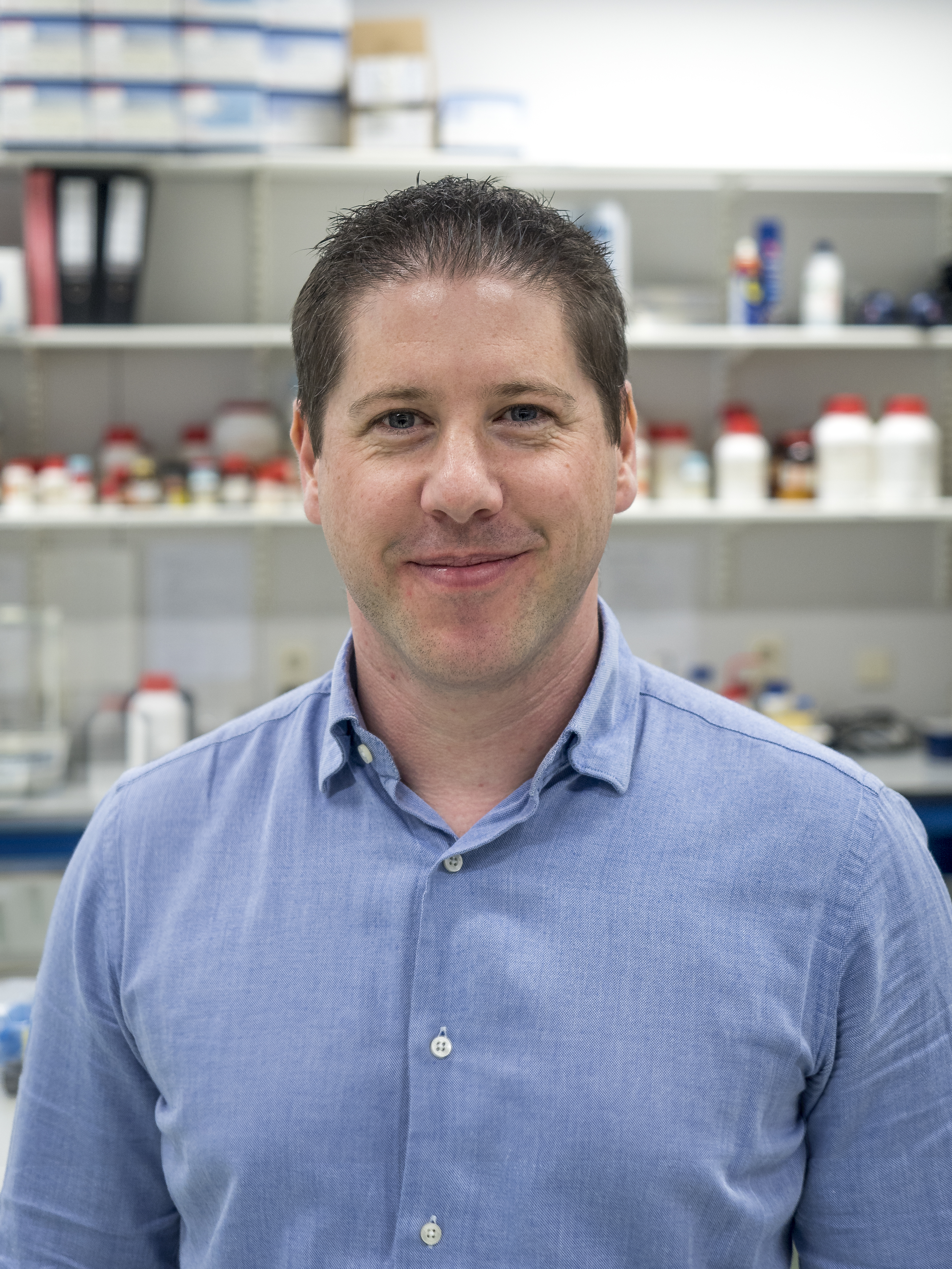What we do
About our project
Background
Atherosclerosis is a disease of the arteries that is characterized by plaque formation. Rupture of the cap overlying a plaque is the main cause of cardiovascular events like myocardial infarction or stroke. Atherosclerotic caps encompass a multifaceted microenvironment with complex mechanical properties. To define new imaging biomarkers to identify the cap at risk of rupture, it is crucial to know how a cap ruptures and which plaque biological and mechanical properties are essential in the rupture process. However, experimental data on cap mechanical properties is scarce and experimental knowledge on cap failure mode is non‐existing.
Aim
We aim to create plaques, using concepts from tissue engineering (TE–plaques), mimicking the composition and mechanical behaviour of human plaques. With these TE‐plaques of controlled composition, validated against human plaque tissue, we will systematically investigate the effect of different biological plaque components on plaque mechanical properties and failure mode. By combining mechanical, in vitro, and ex vivo model systems, we will investigate which clinical imaging biomarkers are essential to identify the plaque at risk of rupture.
Approach
We will tissue engineer an in vitro mimic of human atherosclerotic plaques that can be produced in large amounts, mechanically loaded, and imaged. We will vary TE‐plaque composition and dissect the mechanical properties in relation to the plaque components. To confirm that the TE‐plaques cover the range of mechanical properties observed in human plaques and capture relevant rupture processes, we will perform ex vivo experiments on human carotid plaque samples. Before, during and after rupture is induced, we will image all model systems with high‐resolution imaging modalities, including nuclear‐ and ultrasound‐imaging.

Our research focus
This is the first study to experimentally analyse atherosclerotic plaque failure mode, which is an unexplored area in plaque biomechanics, and will identify biologically-determined plaque mechanical properties.
In addition, this project will determine the pattern of the imaging signal at the location of cap rupture, before it occurs. This imaging fingerprint of the rupture location will enable the first step towards clinical imaging protocols to finally identify the plaque at risk of rupture and thus the patient at risk of stroke.
Funds & Grants
Collaborations
Collaborations within Erasmus MC:
-Oral and Maxillofacial Surgery
-Radiology and Nuclear medicine
-Applied Molecular Imaging Core Facility






